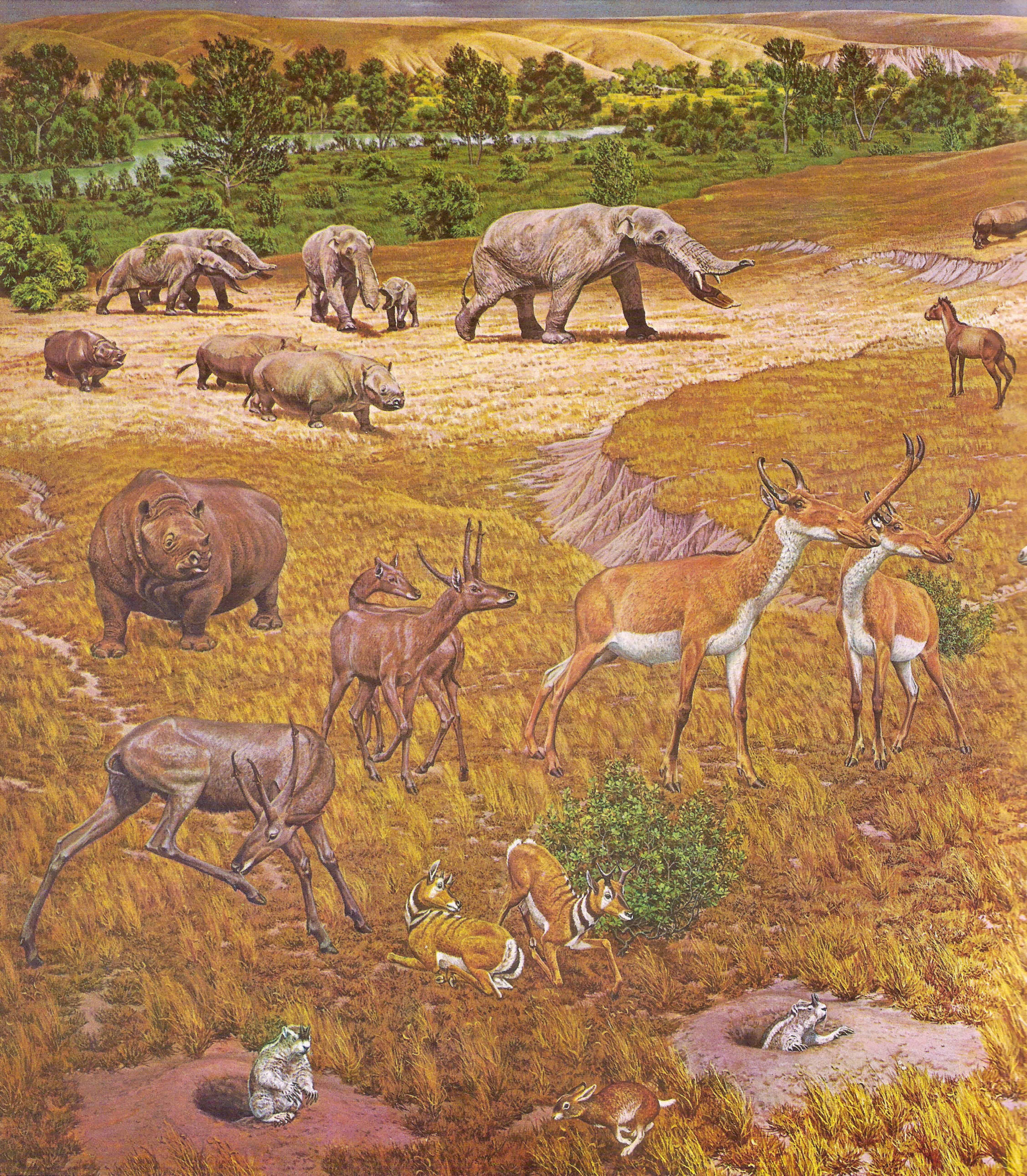Temperatures and carbon dioxide levels are increasing at alarming rates, and it’s easy to feel like we are in a situation that has never been faced before in all of Earth’s history. However, about 5.33 million years ago, the temperature was even higher and carbon dioxide levels were similar to now. It’s true that the situations are not completely comparable, but we can learn valuable information from this period that can help us to better understand our current climate trajectory. Researchers from the University of Utrecht have reconstructed the land temperature from this time period using ancient bacterial membranes that have been preserved in marine sediments.

The Pliocene is the most recent time period thought to be comparable to our future climate. Indeed, the Intergovernmental Panel on Climate Change (IPCC) has referred to the period as an analog for future climate change in their most recent assessment report. The epoch, which lasted from 5.33 million to 2.58 million years ago, had temperatures two to three degrees warmer than the present and similar carbon dioxide concentrations (about 400 ppmv). Having information about these past conditions can help make more accurate future climate models.
“Some membrane lipids of bacteria (and archaea) change their chemical and structural composition in tandem with the exterior environment. For example, branched glycerol dialkyl glycerol tetraethers (branched GDGTs) that contain more methyl groups are typically found in soils in colder areas of the world. It is thought that the increased volume (due to the methyl group) of the interior part in the molecules contributes to membrane fluidity, helping organisms to function in colder climates,” said lead author Emily Dearing Crampton-Flood, PhD candidate in the Organic Geochemistry Group at Utrecht University, to ZME Science.
Bacterial membrane lipids are found in soils all over the world and can be used to reconstruct temperature. The researchers created a temperature record for Northwestern Europe using bacterial membrane lipids, called branched GDGTs, stored in marine sediment in the western Netherlands. A 400-meter long core was drilled in the Netherlands in 2001. An almost 300-meter long interval was selected for this study to capture temperature variations. The Pliocene part of the core sample was further dated, separating the Early and Mid Pliocene periods.

The temperatures from the Early Pliocene were found to be about 12-14˚C and 10.5-12˚C during the Mid Pliocene. The temperatures gradually cooled at the end of the Pliocene, possibly due to tectonic shifts or reorganization of ocean currents. These temperatures are consistent with pollen-based temperature reconstruction from Northern and Central Europe. In contrast, the current annual mean air temperature in the region is about 10˚C.
“I think that the combination of the slightly warmer climate (2-3 °C), and the similar CO2 concentrations and continental configurations make the Pliocene a nice analogue for future climate. However, there are a few differences, such as the hypothesis that there was a permanent El-Niño during the Pliocene, and the fact that the Isthmus of Panama closed during this time as well, which would have definitely affected ocean circulation patterns, and therefore climate. What is interesting about the Pliocene in the context of future (and current) climate, however, is the fact that you see a strong Arctic temperature amplification in most proxies during the Pliocene, which is something that definitely holds true in our current situation,” said Crampton-Flood to ZME Science.
The climate from this period is studied to draw comparisons to what is happening now with climate and provide possible constraints on future climate change.
Journal reference: Crampton-Flood et al. 2018. Using tetraether lipids archived in North Sea Basin sediments to extract North Western European Pliocene continental air temperatures-NC-ND license. Earth and Planetary Science Letters. DOI: 10.1016/j.epsl.2018.03.030.






